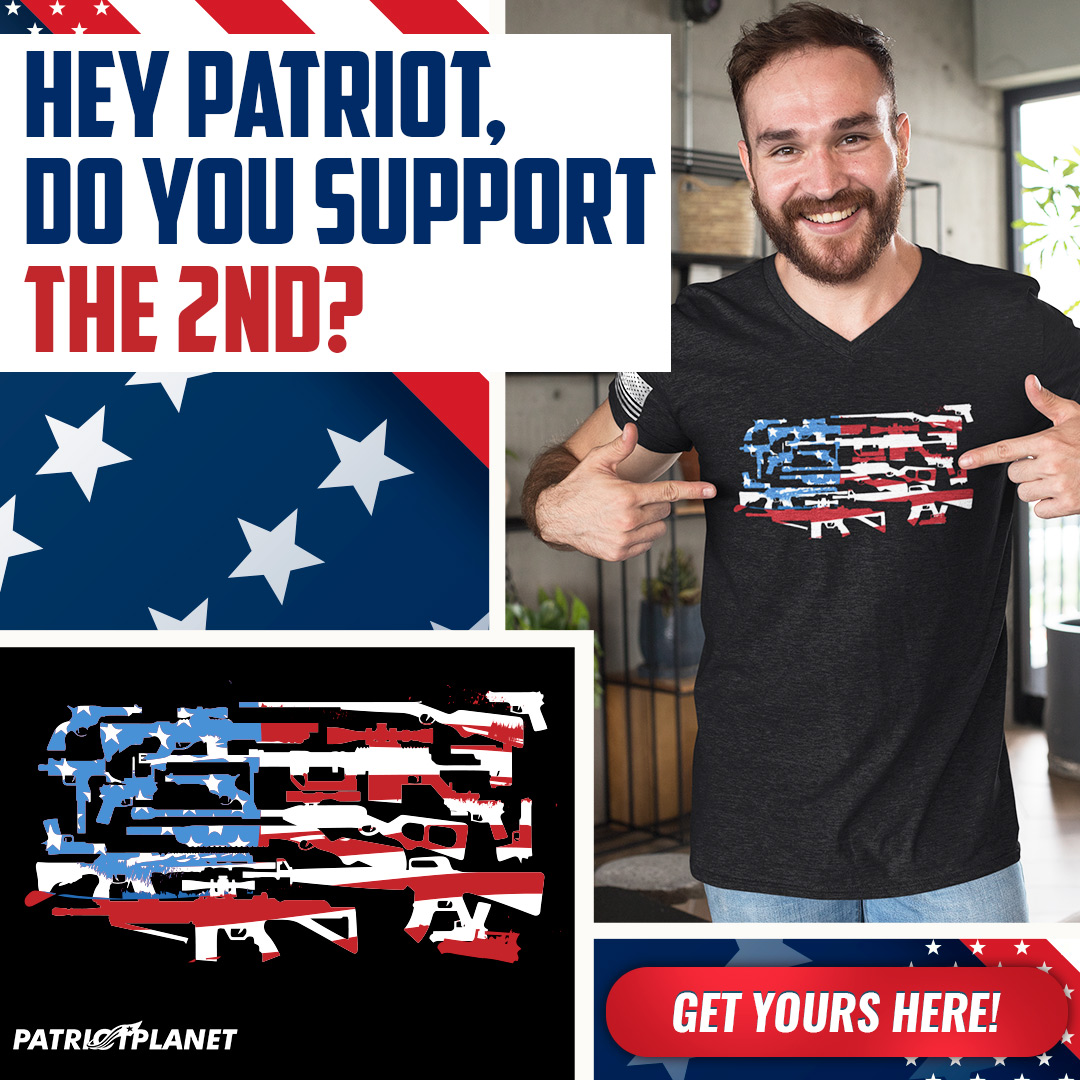Gun Safety
Training For Ammo and Gun Failures
Published
1 year agoon

The only feeling worse than when your gun doesn’t go bang on the range is when it doesn’t go bang in a real gun fight. The first is tedious and requires an examination as to what went wrong. The second could end your life. That's why understanding and training for ammo and gun failures is of vital importance.
Preparing For Ammo and Gun Failures
New or old, clean or dirty, big or small, guns sometimes fail. They are machines made by humans and as plane crashes tell us, sometimes things crafted out of metal, springs, pins, and rivets don’t function as they should. Factory ammo, shiny and right out of the box can fail, due to soft strikes (the hammer or striker doesn’t hit the primer hard enough to cause it to fire) or other imperfections in or on the bullet. Stuff happens and you need to devote some range and home time (with safety, of course) to correcting misfires. By drilling yourself over and over, you should be able to get your gun back into operation and yourself back into the fight, even in low-light conditions. After all, ammo and gun failures don’t always occur during the day or when you have plenty of light.
Common Gun Failures
You should start to build a regular habit of inspecting your magazines for damage. The two most common faults are worn springs or bent clips. You can cause worn springs in a particularly counter-intuitive way: not by leaving loaded magazines in your gun, as some people think, but by constantly loading and unloading your mags when not at the range. It’s actually not the tension of use inside the gun that wears out the spring; it’s you, messing with them. Load your mags and leave them alone until you need them.
Bent clips at the top of the mag can be caused by more of the same: putting too much pressure on this thin metal by constantly loading and unloading when you don’t need to. I reviewed one of the first generations of US Glock 17 pistols back around 1987, and my biggest complaint then was the metal Glock used for their mag clips seem to bend way too easily. Maybe it was my skinny piano fingers pushing the rounds in too hard, but whenever I shot reloads instead of factory ammo through that early Glock, it would double feed. I called down to Georgia, they sent me new mags, and it fixed the problem.

Dropping, stepping on, or kicking your mags at the range can also damage them. When I do fast reload drills at an outdoor range, I always cringe when my mags hit the concrete. They aren’t bulletproof – no pun intended.
The three most common gun failings are failure to feeds, double feeds, and failure to eject. This is also called a “stovepipe” round, where the round fires, but it gets caught in a vertical position as it ejects from the port, and the slide traps it. You can address all three of these failures – with practice – with the time-tested technique known as Tap-Rack-Bang (or as Gunsite Academy refers to it, Tap-Roll-Rack).
Correcting Gun Failures
After practice, using the Tap-Rack-Bang method is easy. Failure to feeds, which can be caused by bad ammo, require the sturdy “Tap” on the base of your magazine with your support hand palm to reseat the mag and reposition the round in the chamber. The “Rack” is a hard pull to the rear to get the fresh round “into battery.” The “Bang” is the subsequent trigger pull. You should practice this critical three-step process at home, with an empty gun and no magazine over and over until you can do it in the dark.
Double feeds, where two bullets try to load themselves into the chamber, may require extra steps to clear. This can include: dropping the magazine out completely, or racking the slide once (preferably twice) to clear all unfired rounds. Once you've done this, with the slide locked to the rear, reinsert the magazine, pull the slide to reload the pistol, and pull the trigger.

It’s a touchy subject for this issue, but most double feeds happen because shooters “limp wrist” their semi-automatic pistols. Here, a loose grip from either the strong hand or support hand, or being weak on both, will cause the pistol to malfunction. When the slide doesn’t fully move across its designed path, it will start to double-feed rounds. New shooters, who flinch when they hear the gun go off, or shooters with small hands and light grips, can create their own double feed misery. We teach a sturdy strong hand and a tight support hand grip for a reason: it allows you to control the gun and not let the gun control you. New shooters I shoot with often complain about “bad ammo,” or say, “something’s wrong with this damn gun.” However, it’s actually weak-grip operator error.
Practicing Your Technique
You can work on your technique with clearing stovepipes at home with your empty gun and no magazine (put it in the other room for safe storage). Next time you’re at the range, just be sure to grab a handful of empty brass (make sure the caliber matches your gun, of course).
Once you've done that, and you're at home and with a safe gun, trap the empty shell into your slide and go through the Tap-Rack-Bang technique over and over. You should also add the necessary “Sweep” step, where you rub your support hand across the top of the slide to brush off the empty round, before you pull back to re-rack your slide. Remember that you’ll need to simulate tapping the magazine, since it’s not there. Practice the necessary forward sweep and re-racking the slide to the trigger pull as many times as your sore hands will let you. We often hear that stovepipes can be caused by a “dirty gun,” but in my experience it’s most often limp wrist first, followed by an ejector, extractor, and ammo issue.
So-called soft strikes, where the firing pin doesn’t hit the ammo primer hard enough to ignite it, can be caused by bad ammo (often found with suspect reloads made by clueless home reloaders, who create faulty bullets in their garages), or by a broken firing pin. Buying quality reload ammo solves the first issue, but you’ll need a qualified gunsmith to verify and fix the second.
Steve Albrecht can be reached at [email protected] or on Twitter @DrSteveAlbrecht
Do you think it's important to train for ammo and gun failures? Let us know in the comment section below.
Check Out The Gun Carrier Store!
Up Next: Beretta A400 Xplor | Gun Carrier Shotgun Reviews
You may like

CZ 75 SP01 Tactical Gun Review | Gun Carrier

PODCAST: Gun Law Changes All Across America Right Now

PODCAST: How to Win Olympic Gold

PODCAST: 50 Important Ideas For Self-Defense, Self-Reliance, and Personal Safety

10 Best Gun Safes In 2022 | Gun Carrier

DP-12 | Double Barrel Pump Shotgun Gun Full Review


